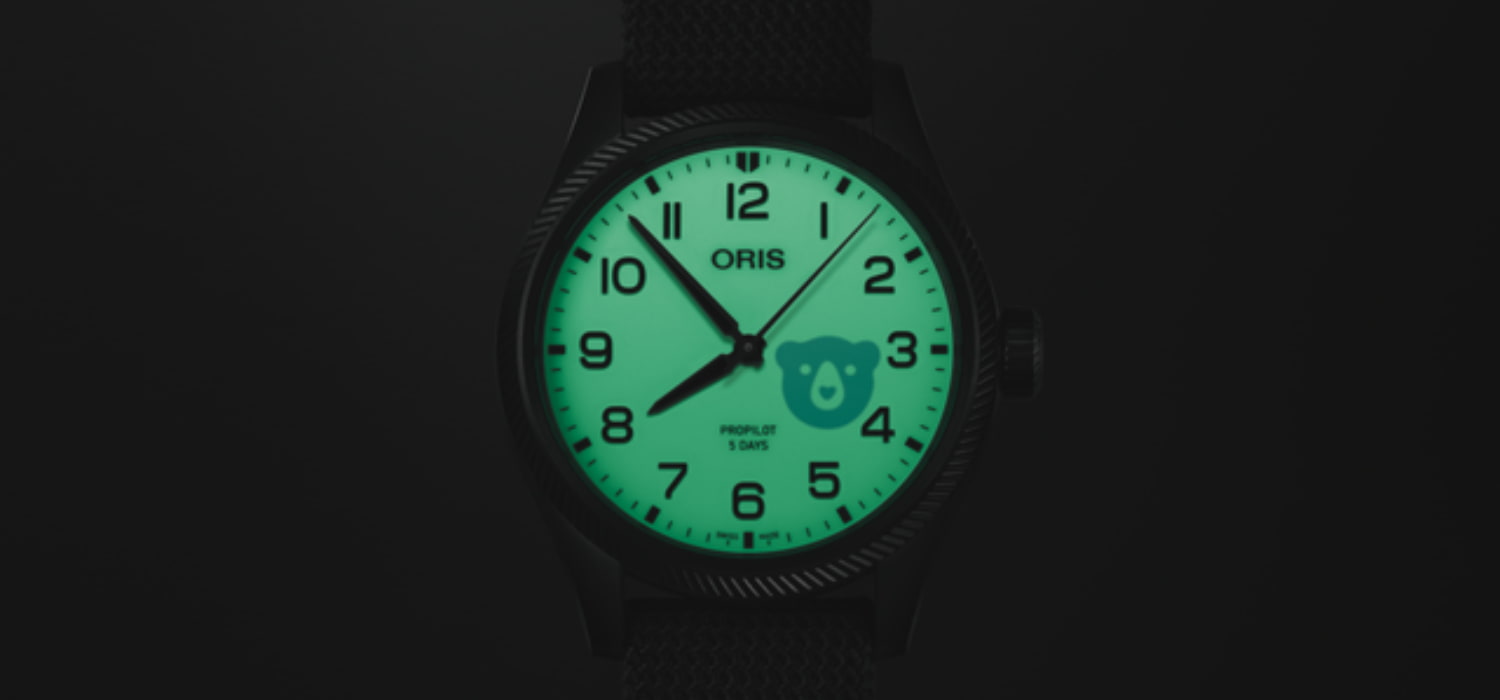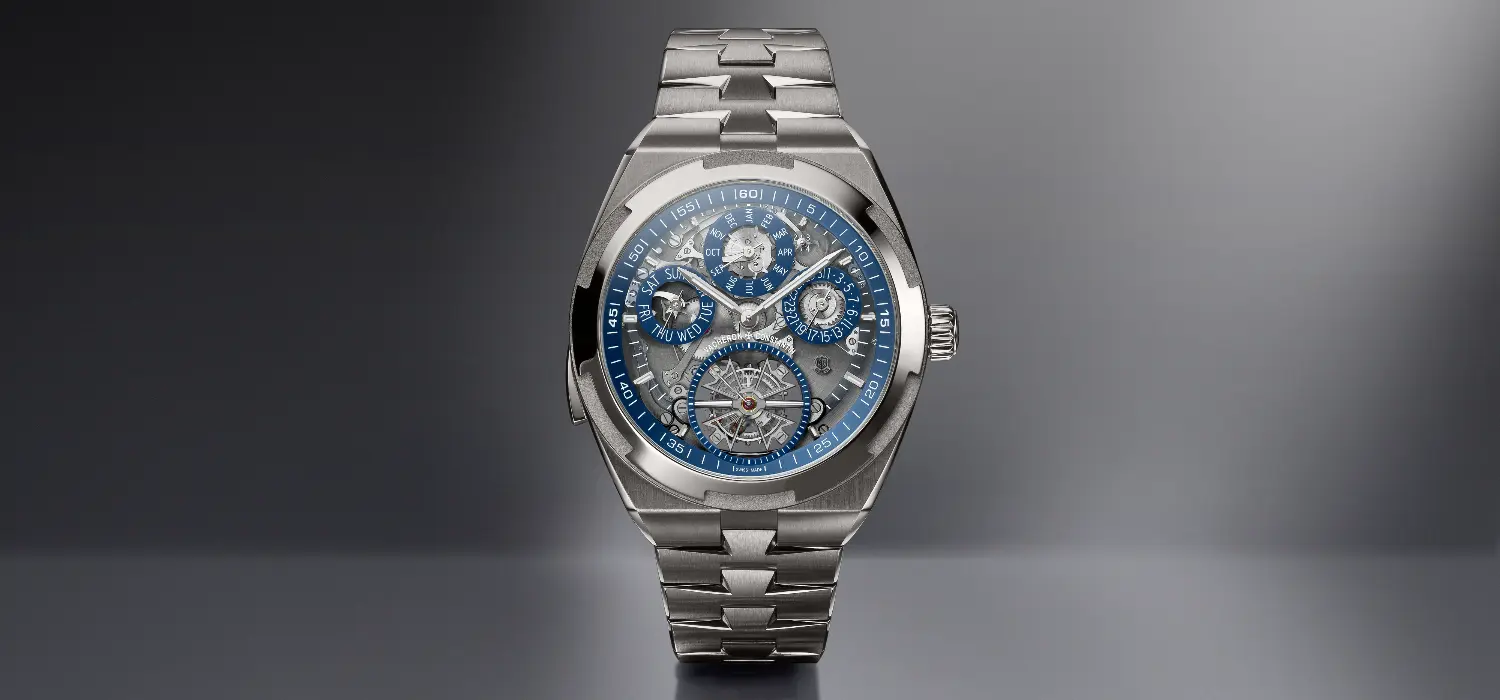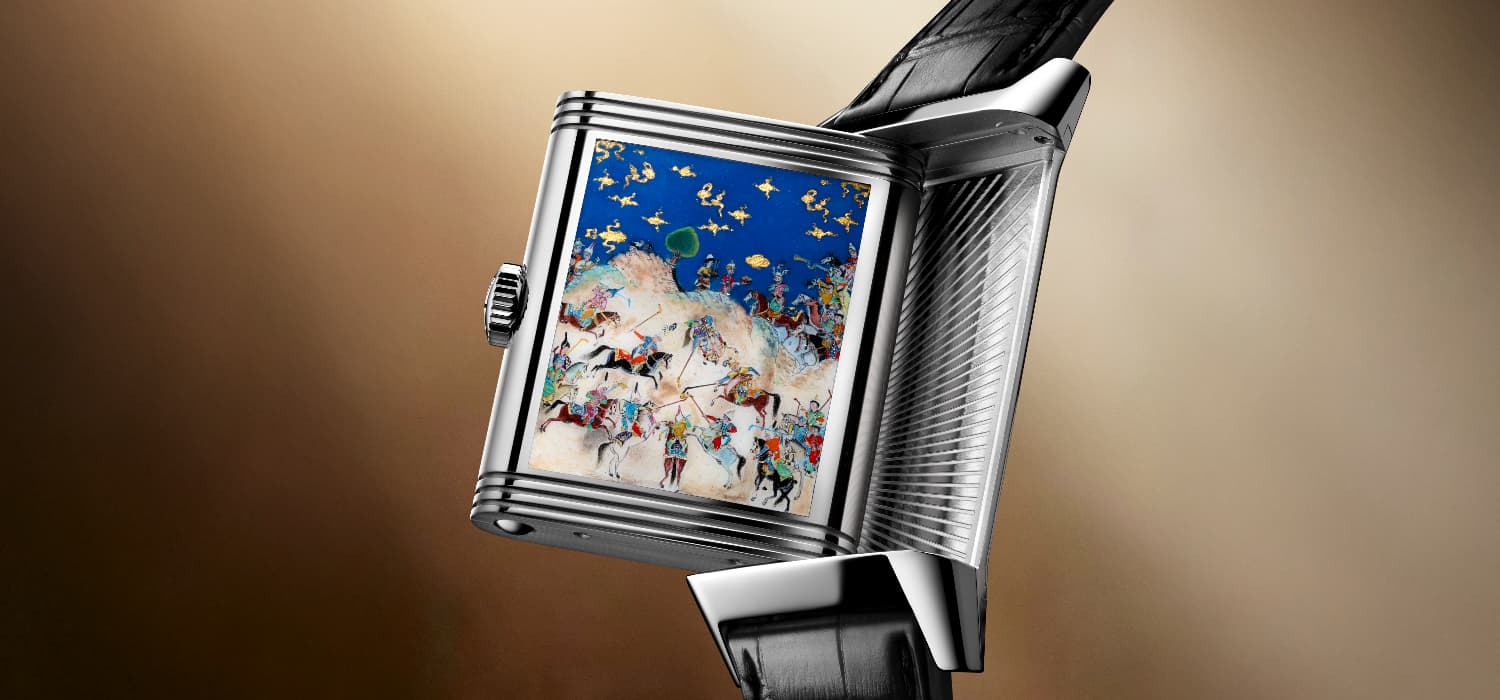
The six time zones of the world are on the dial Moritz Grossmann Universalzeit.
Centuries ago, before time zones was yet standardized, cities considered the position of the sun to calculate the common time. Indeed, this method had worked quite well until people began to travel fast over long distances. An example is the historical Million Stone located in Sultanahmet Square, opposite Hagia Sophia, as the prime meridian during the reign of Byzantium. This stone was considered the starting point of all roads to Constantinople and the zero point from which the distance to other cities was calculated. However, these methods became useless in the concept of common time with the development of railways in the 19th century and the travel times between borders became shorter. For instance, when a person travel from New York to Boston in the 1880s had to set his watch forward about 12 minutes when he arrived in Boston.
And one of the first steps towards the time standards was taken by Scottish Canadian engineer Sir Sandford Flemming. By dividing the world map into 24 zones, each degree apart, Flemming proposed a time standardization like the modern time we used today. Later on, the time standardization in 1884, by which the observatory in Greenwich, England, was considered the prime meridian. Shortly after the GMT reference longitude, which we all know today, was accepted, German watchmaker Moritz Grossmann set out on a journey from Dresden to Liepzig on a snowy winter day to give a lecture on this issue.

In the conference, Grossman discussed the harmonization of current hours in different time zones within the life of humanity, based on his article “Universal Time and the Introduction to Civilian Life” he wrote in those days. Because the abolition of the local time practice, which changes almost from city to city, marked a point in the concept of “time” for the people of the age. And of course, for watchmaking world.
Let us come to the new Moritz Grossmann Universalzeit, which carries this whole story on its dial and pays tribute to the memory of Moritz Grossmann with time zones. On the dial of the latest Universalzeit (means “universal time” in Germany) model, the different time zones around the world can be seen at a single glance. The dial of the watch is designed like a world map, which means the time zone of the cities can be seen through the time window opened under the six cities with their names written on the dial. Left to right on the dial; we see times of Phoenix, Rio de Janeiro, Cape Town, Dubai, Singapore and Tokyo. Although the time windows may seem small at the first glance, thanks to bold numbers time of the cities can be easily read.


After setting Universalzeit according to the time zone of your location, when you change the time zone, you can set the button at 10 o’clock to change it according to another zone. If there is no change in your time zone, you can wear the watch without adjusting for a year.

When it comes to design, the watch is really a bold one. The watch in 44.5 mmc stainless-steel case. Like many Moritz Grossmann watches, Universalzeit has a crown at 3 o’clock and also a crown at 10 o’clock to adjust the time zone.

While Moritz Grossmann that brings the hours of various cities on your wrist, is seen as innovative with the idea of displaying the time zones, watch enthusiasts have also interpreted it as a somewhat difficult and complex dial in terms of readability. Yet there is one thing that we have never doubted; if Grossmann, who was Germany’s one of the famous watchmakers, had seen this watch that carries different time zones, he would not have taken it off its during his travels.



